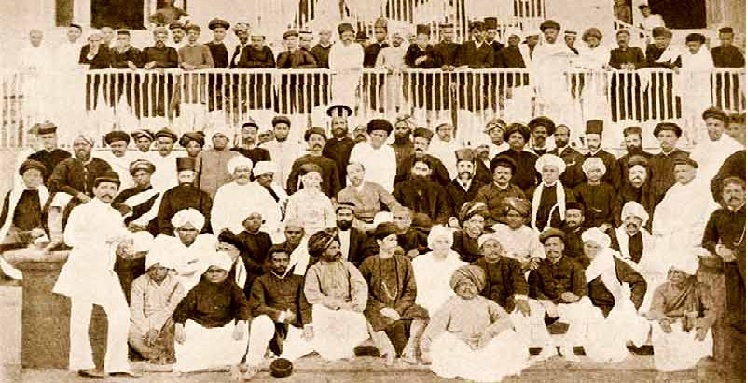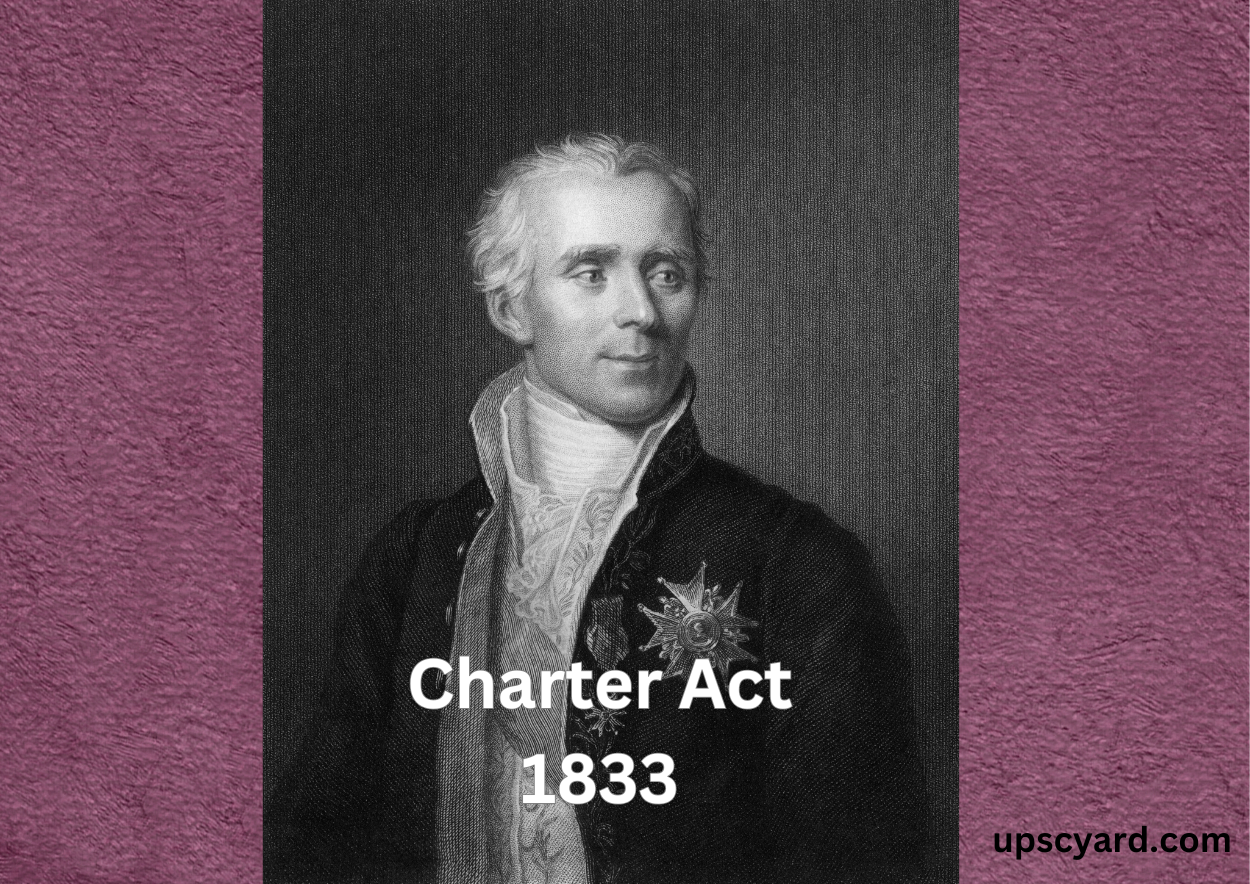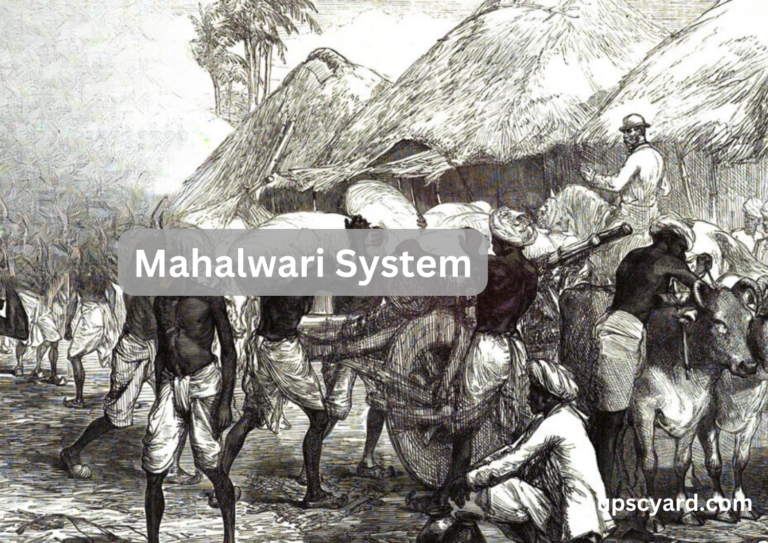
Charter Act 1833
Key Points
1. The Governor-General of Bengal became the Governor-General of India.
2. The Company’s monopoly over trade with China in tea also ended.
3. The commercial functions of the company in India were taken away completely and the company henceforth was to remain in India only as a political functionary.
4. A law member was added to the governor general’s council for professional advice on law-making.
5. The Act established one legislative council for all British territories in India.
Promotion of Christianity:
Due to the growing British population in India, the act permitted the appointment of three Bishops within the country. Furthermore, it aimed to oversee the establishment of Christian institutions across India.
Introduction
The Charter Act 1833, originally known as the Government of India Act 1833, was a significant piece of legislation enacted by the British Parliament, later renamed the St Helena Act 1833. This act extended the charter granted to the East India Company for an additional 20 years and brought about a reorganization of the British Indian government.
Key Features of the Charter Act 1833
- Transition from Commercial to Administrative Role: The act marked the end of the East India Company’s commercial activities, transforming it into the administrative authority responsible for British Indian territories.
- It is also known as the Saint Helena Act 1833 or Government of India Act 1833.
- Suspension of Trade with China: Trade relations with China were suspended due to this act.
- British Settlement in India: The Charter Act 1833 permitted British citizens to settle freely in India, essentially legalizing British colonization in the region.
- British Sovereignty: While the East India Company retained control over Indian territories, it did so “in trust for His Majesty,” signifying British sovereignty.
- Governor-General’s Council:
- The number of members in the Governor-General’s Council, reduced by the Pitt’s India Act of 1784, was again increased to four.
- The fourth member held very limited powers and could only participate in the council for legislative purposes.
- The Governor-General’s Council was able to modify, revoke, or amend any law applicable throughout India affecting British, foreign, or Indian individuals.
- Transformation into an Administrative Body (EIC):
- The Charter Act ended the East India Company’s role as a commercial entity, effectively transitioning it into a purely administrative body.
- The company was entrusted with the territories in India “in trust for his Majesty, his heirs, and successors.”
- Efforts to Introduce Civil Services:
- The act initially attempted to establish a system of open competition for selecting civil servants.
- It emphasized that Indians should not be excluded from holding any position, office, or employment under the company.
- However, this provision was nullified following opposition from the Court of Directors.
- The concept of a merit-based modern Civil Service in India was later introduced based on the recommendations of Lord Macaulay’s Report in 1854.
- Recognition of India as a Legal British Colony:
- The Charter Act allowed English individuals to settle freely in India, legitimizing British colonization efforts in the region.
- Abolition of Slavery:
- During this period, slavery was prevalent in India, and the act aimed to alleviate its impact.
- The British Parliament officially abolished slavery in Britain and all its overseas possessions, including India, in 1833.
Provisions of the Charter Act 1833
- India as a British Colony: The act formalized India as a British colony, establishing a significant shift in governance.
- Governor-General of India: The title of the Governor-General of Bengal was changed to Governor-General of India, with Sir William Bentinck becoming the first Governor-General of India. This consolidation of authority brought the entire country’s administration under a unified leadership.
- Diminished Powers of Bombay and Madras Governors: The Governors of Bombay and Madras lost their legislative powers, which were now vested in the Governor-General.
- Legislative Authority: The Governor-General of the Council was granted the authority to alter, repeal, or amend laws that applied to all individuals and regions within the British Indian Territory, irrespective of their nationality.
- Centralized Administration: Civil and military affairs of the East India Company were placed under the administration of the Governor-General of the Council.
- Composition of the Governor’s Council: The Governor’s Council was mandated to consist of at least four members, with the fourth member holding limited powers.
- Government of India: For the first time, the term “Government of India” was used to describe the administration under the Governor-General, and the Council was referred to as the Council of India.
It can be inferred that the primary objective of the Charter Act 1833 was to eliminate trade activities entirely and permit Europeans to reside without restrictions in India. This act held significant importance as it marked a pivotal step taken by the British government to extend its authority over India’s administration. Over time, as the Charter Act 1833 remained in effect, the British Crown progressively assumed control of India’s governance in collaboration with the East India Company.
M.C.Q.
Q. Under which among the following acts, Civil Services started in India?
(a) Charter Act 1813
(b) Charter Act 1833
(c) Charter Act 1853
(d) Charter Act 1793Answer : B



